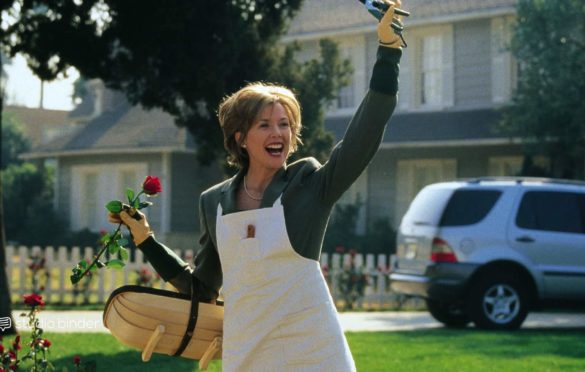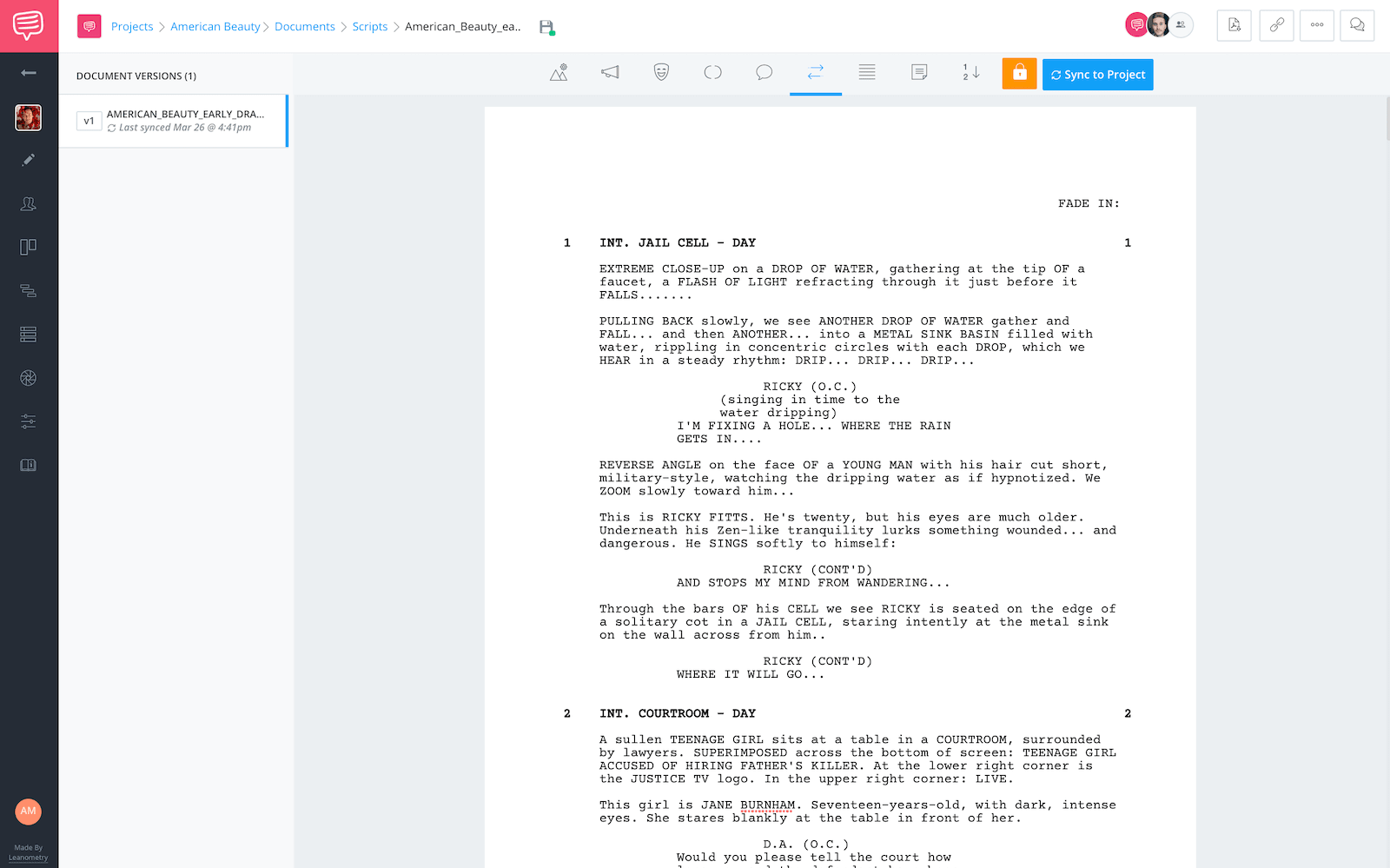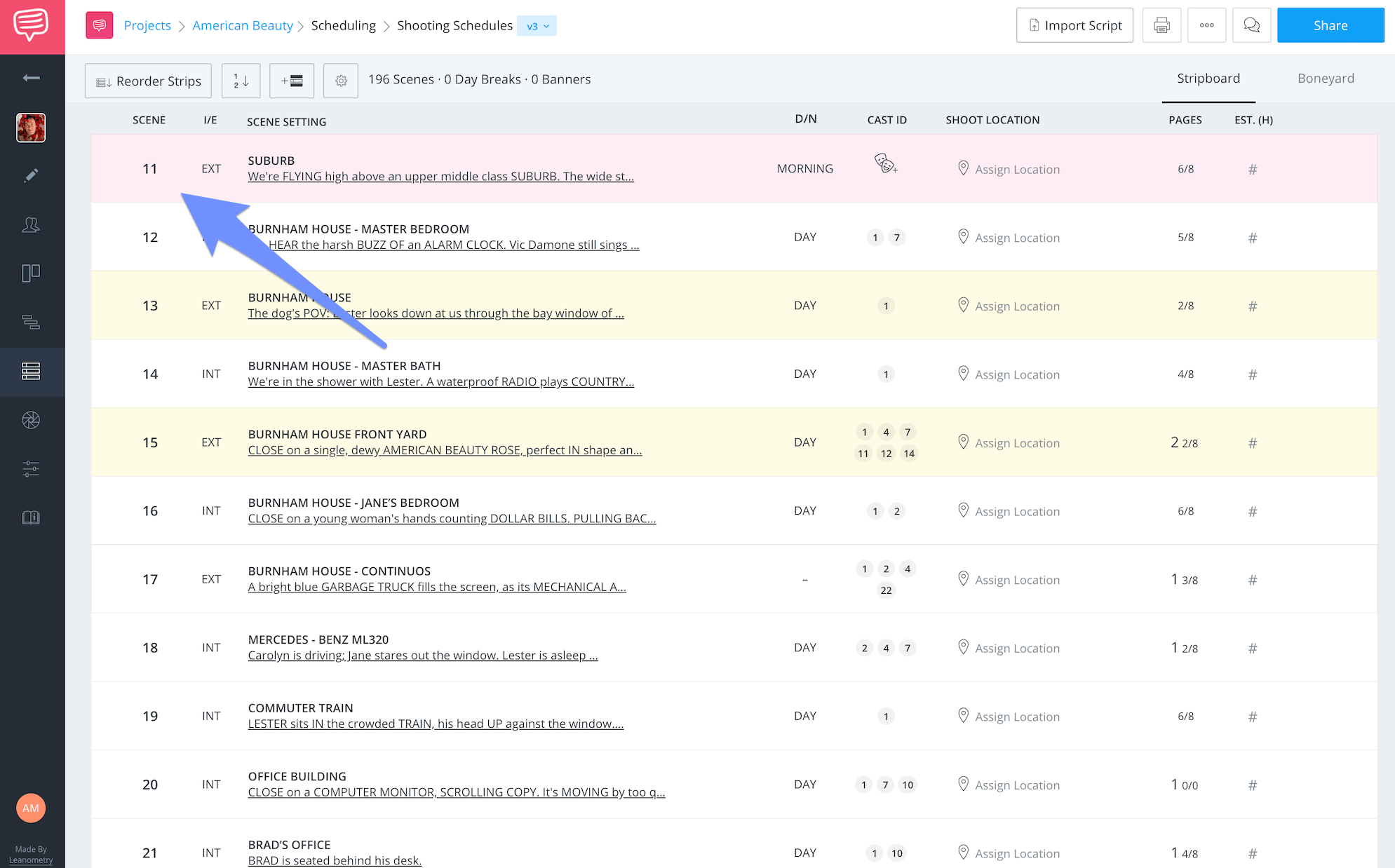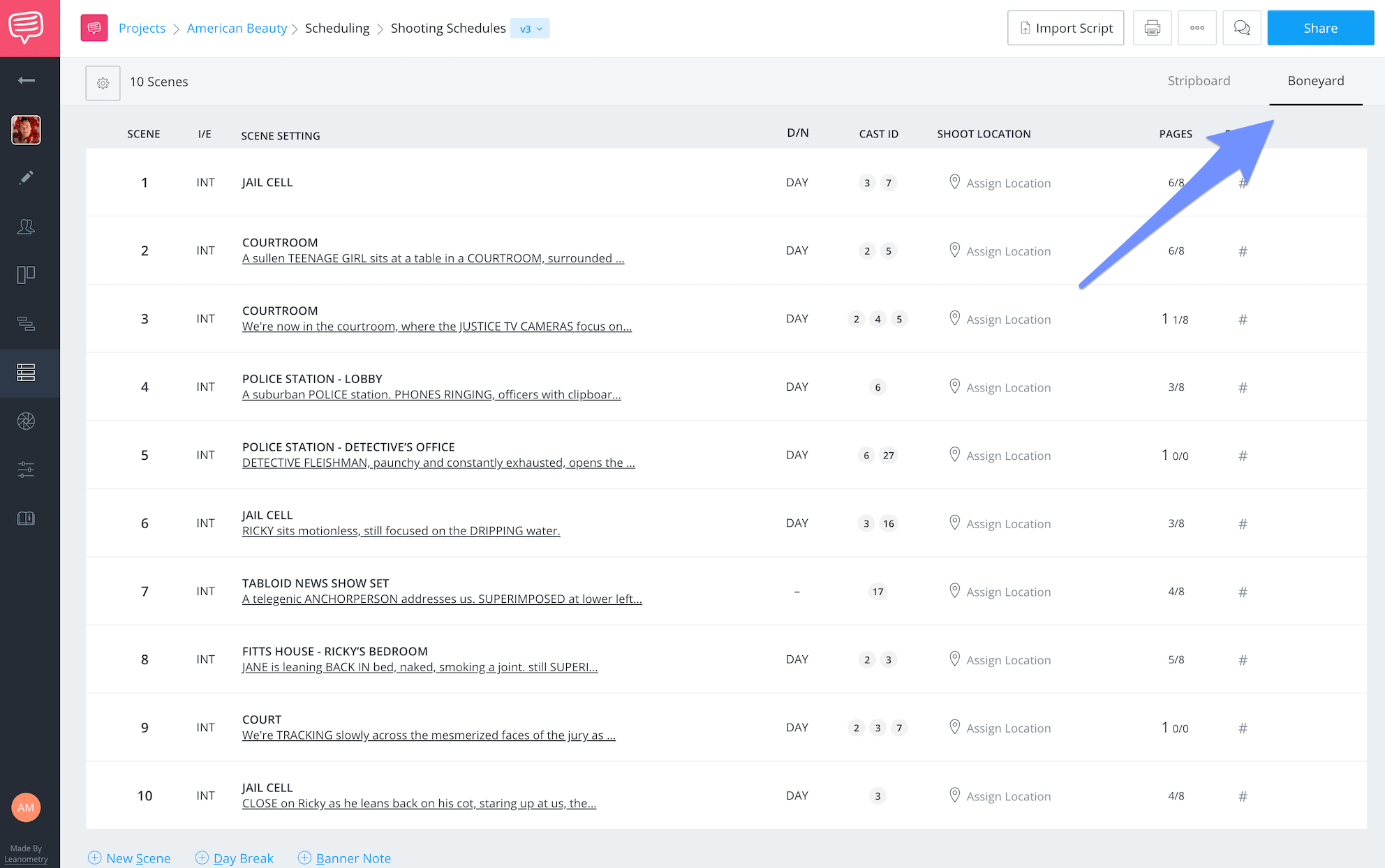Everyone has an opinion about your script. In the rewrite stage, you or your producer will find things that don’t work. Many of these things will be your babies. These are the scenes, or lines of dialogue, even vague ideas, that you should move to the boneyard.
“The Boneyard” is a place to put the ideas that aren’t working right now. A screenwriter, or assistant director, can keep track of them, and keep them safe, for later use. Let’s see how beneficial using the boneyard is for creating near masterpieces.
Where Scenes Go to Rest
1. What is a boneyard?
The boneyard is not the place where good scenes go to die. The boneyard is a place where they go to live...just not right now.
BONEYARD DEFINITION
What is a boneyard?
The boneyard is a screenwriting term where unclassified scenes go. Sometimes stored in writing software or a production management program. Scenes sent here usually are non-essential to the shooting schedule. Though, they may get used at a later date, and it is always good to save them.
Other uses of the boneyard?
- The boneyard is also used for scraps of dialogue
- Re-write ideas
- Deleted scenes to be used for extra or supplemental material later
What movies have taken advantage of the boneyard whether in the script form or during the shoot? Let’s take a look at an iconic film with a more practical application of the boneyard.
Rewrites and the Boneyard
2. The movie that almost was
Script changes are obviously common right before shoot day. But not many revisions affect the script so much that the new film would fall into a whole new genre than originally intended.
American Beauty began as a crime thriller rather than a drama with hope and heart. Alan Ball wrote several drafts of the screenplay before and after he sold it DreamWorks.

Annette Benning in her Oscar-Nominated role in American Beauty
Director Sam Mendes knew that he definitely wanted to make some edits to the script either in pre production or in post production. Perhaps, even both.
When we import the script into StudioBinder's screenwriting software, we see that the original first scene took place in a jail cell...
...clearly different from the ones that ended up in the final cut, which we will examine shortly.
Sam knew that the story wasn’t perfect. He knew there was too much in the script that took away from an already captivating story. It is moments like these when the boneyard is most beneficial.
If you're unsure of what to do with these scenes, especially so close to shoot day, putting them aside for potential later use, seems like the best option. If you're a screenwriter, this could be painful, but you may be working with a producer, director, or first assistant director that is pushing you towards cutting the scene. This is a healthy compromise. Trusting each other's decisions (sometimes) can really move a production along. But it also can preserve your vision.
If there are scenes that truly aren't working, it may be best to send them off to the boneyard, so your true intentions can be clearly realized by the rest of the production team.
If you ever run into this problem, StudioBinder provides the solution with the boneyard feature. Once we import out script, the scenes are generated in strips on a stripboard. If you need a reminder of how stripboards work, check out the video below:
Now that we've imported our script in StudioBinder, the software automatically generates strips as scenes and we can see that the movie we know and love, actually starts in what was once scene eleven:
Those scenes before, can be deleted, or we can simply save them if we're not sure what to do with them. When we relegate a scene to the boneyard in StudioBinder, it is as simple as this…
Whether we're a screenwriter, first AD, or producer, simply clicking on the boneyard means that all your cut scenes are in the order they were cut. They’re ready to be resurrected at a moment’s notice.
Let’s continue with our study of the boneyard and its uses.
RELATED POSTS
Implementing the Boneyard
3. When to use the boneyard
REWRITES
Every person that reads your script you will get new suggestions or notes on how to make the script better. Many of these notes will suggest removing certain characters or scenes. This is the perfect use of the boneyard.
SCENE WRAPPED
During production, your stripboard is undergoing constant change. One of the ways the 1st AD is able to keep track of everything that is going on is with the use of the strips and the boneyard.
DELETED SCENES
Scenes that don’t make the final cut are relegated to a digital boneyard of some kind because they will be included with supplemental extras when the film is released in an alternate format.
Creating a boneyard ensures that the scenes that you wrote aren’t left in limbo. You can retrieve them quickly and this feature will save you the chore of having to re-write the scenes, should the need arise.
American Beauty won an Academy Award. Would it have won the Oscar had it not sent and retrieved scenes from the boneyards on the screenplay?
So whether it is a change in the production essentials or a change of heart for the story, the boneyard is a great feature that will let you stay on top of what your script needs at every stage of production.
If you want to learn more, StudioBinder provides an entirely free masterclass on writing and development.
RELATED POSTS
Up Next
How to Write a Montage
Now that you have made use of the boneyard, you are already becoming a screenwriter with an eye for production. Using the boneyard not only helps your script but makes the producer's, and first AD's life much simpler. This is important so your vision never gets lost. The next post explores how to write one of the most common cinematic techniques there is: the montage. But it explores it in a way that guarantees your vision being realized. Take a look.



